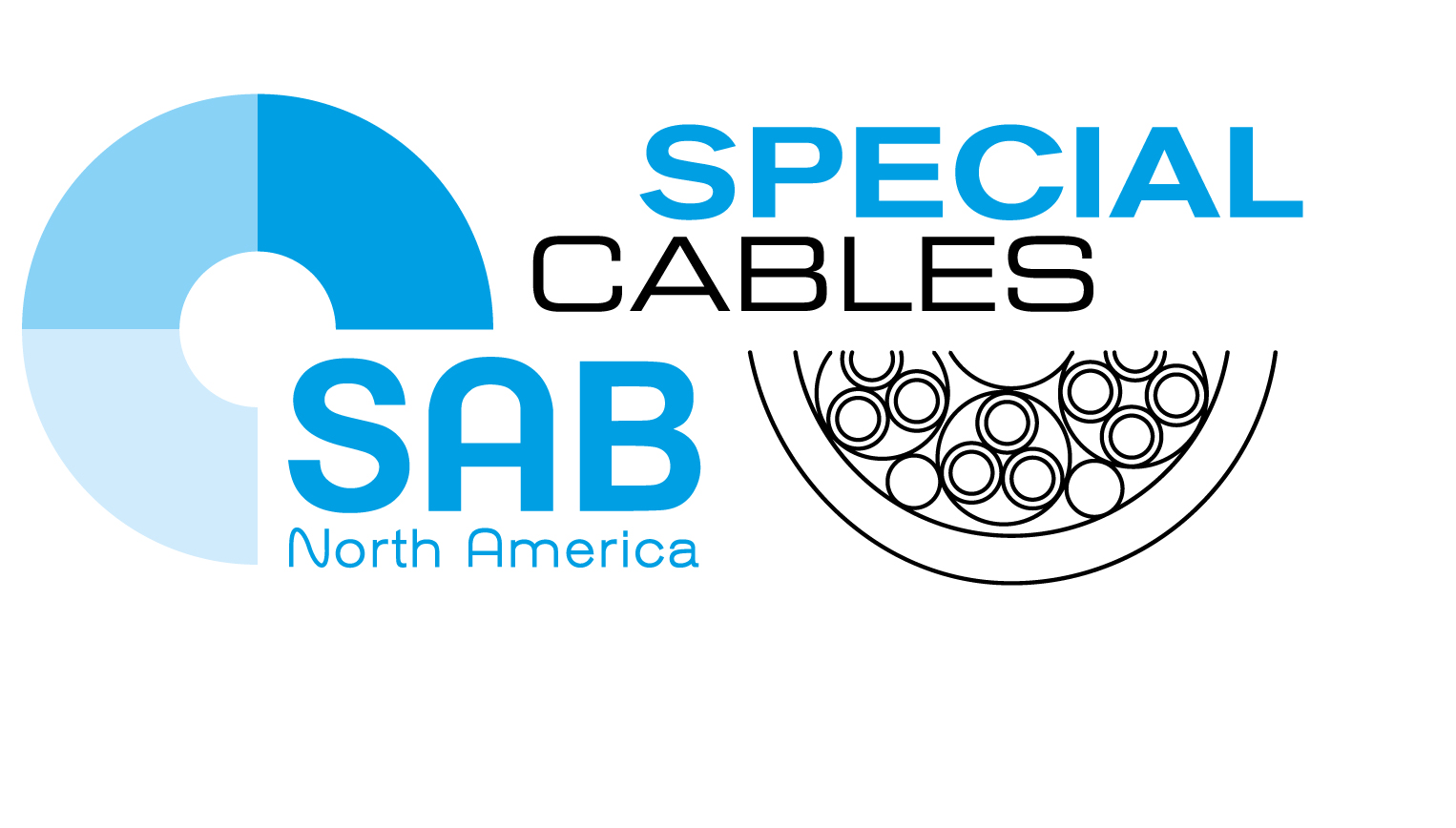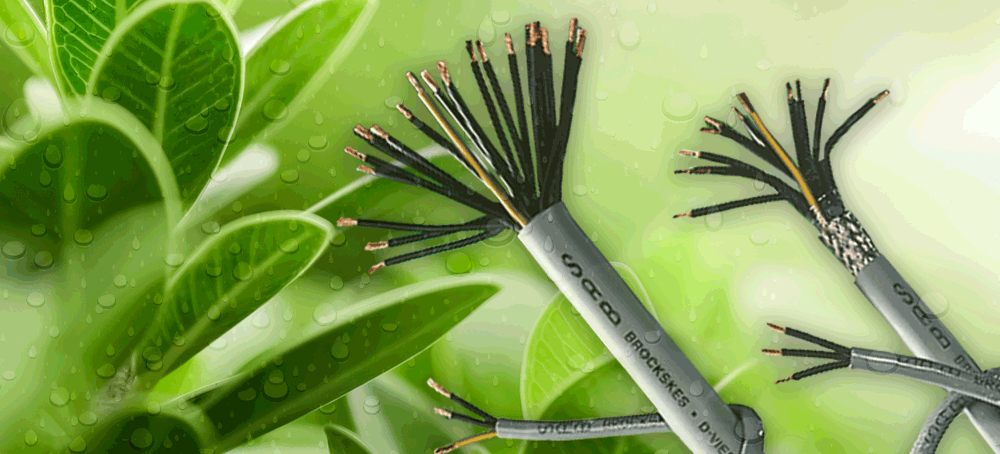Sometimes, the choice between low-smoke or zero-halogen cables versus conventional cables isn’t quite clear. Without a doubt, low-smoke or zero-halogen cables are safer since they are designed to avoid the emission of dangerous gasses or thick smoke in the event of a fire. However, conventional cables with polyvinyl chloride (PVC) insulation and jacketing have their place in many applications, especially those with minimal risk to human safety. If you have the luxury of choosing between halogen-free and conventional cables for your application, you may be undecided as to whether halogen-free cables can satisfy your needs. This blog post will answer some common questions you may have about halogen-free cables, and it will also introduce you to a new line of halogen-free cables made with sustainability in mind.
Common Halogen-Free Cable Questions
While halogen-free cables offer many safety benefits, you may have questions about their viability in your application. Here are answers to some FAQs, using our SABIX® line of low smoke and halogen-free cables — as well as our new SABorganic family — as examples. The SAB product lineup includes low smoke, zero halogen (LSZH), low smoke and fume (LSF), and fire retardant and noncorrosive (FRNC) cables.
- Do they withstand harsh conditions? Many halogen-free cables operate over the extended temperature range of -40 to +85°C. At SAB, our halogen-free cables resist up to 125°C, and high-temperature single-conductor hook-up cables perform from -40 to +220°C. SABIX® cables also resist oil and are tested and confirmed according to VDE and EN standards. Our control cables are suitable for wet, dry and damp conditions, while select cables resist chemicals, acids, solvents and hydraulic liquids. In addition, SAB’s new SABorganic line resists abrasion, UV, weather and hydrolysis.
- Can they be customized? At SAB, we offer over 30 different SABIX® compounds to meet your needs. While extruding halogen-free materials is more difficult than extruding PVC, we have extensive expertise to help you construct a custom, flexible cable that can best fit your application.
- Are they flexible? Halogen-free cables offer exceptional flexibility, making them appropriate for a wide range of applications. SABIX® cable bending radii range from 4 x OD fixed installation and 6 x OD free movement to 5 x OD (fixed) and 10 x OD (free). SABIX® continuous flex cables feature bending radii of 4 x OD (fixed), 6 x OD (flexible) and 16 x OD (continuous flex).
- Are they suitable for my industry? Not only are halogen-free cables desirable for enclosed or public areas where fire is a concern for people’s safety, they are also appropriate for a wide range of industrial and automated applications plus food and beverage processes. In addition, the SABIX® line of halogen-free cables includes versions specially designed for railway and shipboard applications.
- Are they readily available? SAB has one of the world’s largest halogen-free cable offerings thanks to our many years of perfecting materials for a multitude of applications.
- Are halogen-free cables eco-friendly? Yes! The new SABorganic line uses a high percentage of sustainable resources for its PUR outer jacket, which results in a 25% reduction in CO2 footprint versus other PUR jackets. Suitable for cable tracks and moving machine parts, SABorganic cables are flame-retardant and oil- and chemical-resistant.
Flexibility, Reliability and Peace of Mind
Whether you need to meet safety goals for applications where potential fires pose risks to human health or simply want to explore eco-friendly cable alternatives, SAB’s growing range of SABIX® and SABorganic halogen-free cables offer flexibility, reliability plus low smoke and toxicity to give you peace of mind.
For more information about SAB halogen-free cables, download our brochure.
For more information about SABorganic cables, download our brochure.

